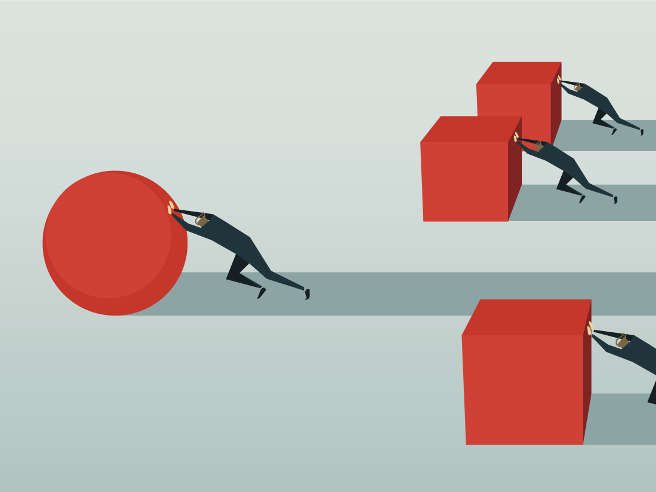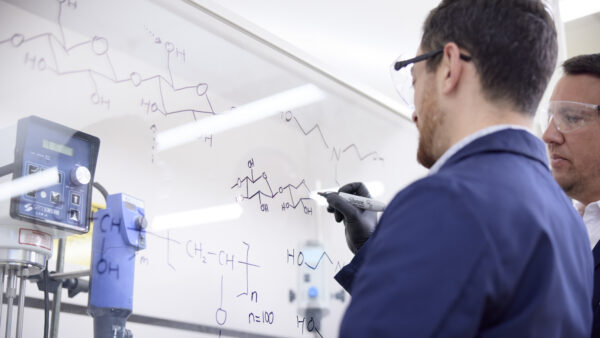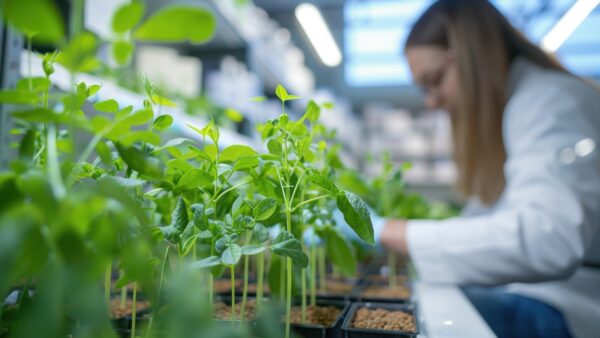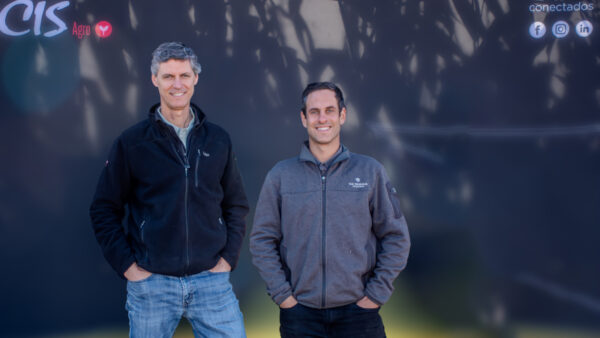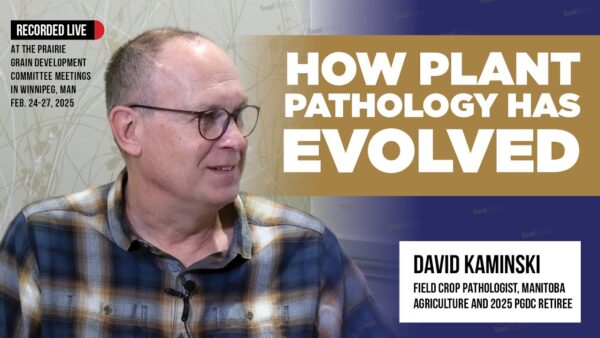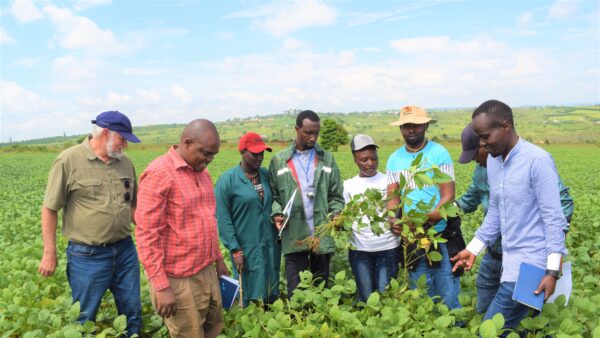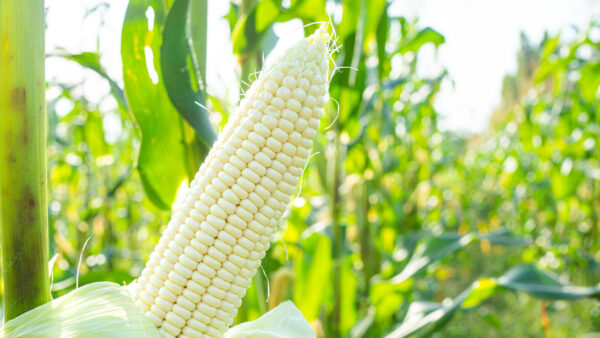Creating something new and exciting doesn’t ensure your success — in fact, it could actually spell trouble if you’re not ready to face obstacles that may arise.
Innovation. It’s a big buzzword these days. A Google search of the phrase “innovation in seed” turns up 96 million results. Hardly a day goes by when a new technology in seed or agriculture isn’t hailed as innovative.
“Much of the innovation for increased productivity and market opportunities for farmers is delivered in seed. Innovation carried in and on the seed can increase yield, bring health benefits and help reduce agriculture’s environmental footprint. However, in order to bring new products to farmers, the seed industry needs a policy and regulatory environment that fosters innovation,” the Canadian Seed Trade Association states on its website.
Virtually everyone can agree that innovation is a good thing, and enabling it is even better. But what exactly is innovation, and how do we go about cultivating it? And why do some innovations take off while others languish in obscurity or fail altogether?
“The problem with innovation is there’s too many different ways of being able to broadcast its influence. It’s like the blind man and the elephant — everyone has a little part of it and no one can quite describe the whole,” says Rohit Shukla, chief executive officer of the California-based Larta Institute, which specializes in turning innovations into commercially successful enterprises that positively impact humanity.

Shukla has advised governments, multilateral organizations, communities and enterprises throughout the world.
As an adviser to the Malaysian government, he helped to influence policy on incentives and initiatives focused on agriculture- and biotech-led entrepreneurship.
“There are many aspects to innovation. The way it’s been taken too often is that it has to be something so new as to transform humanity. That’s a tall order, and just because you might be innovating in some way, doesn’t mean you’re going to be successful.”
Innovation as the key to success is a message often taken for granted, says Shukla. But, he notes, blind faith in the belief that innovation leads to a successful outcome for the innovator can often be a rude awakening for the innovator.
“Of course, an important part of innovation is obviously the idea itself, something that has some novelty, something that adds to the body of what already exists. Humanity has already done so much; all we really need to do is look at the influence of our new knowledge, which is coming all the time from new insights in science. Innovation is linked, in fact, to ingenuity in science, to the aspects of creation that exist in science, but comes with tremendous uncertainty about the results.”
Expect the Unexpected
That uncertainty often leads to unexpected outcomes and barriers, according to Ron DePauw, senior science adviser for Advancing Wheat Technologies and also science adviser for SeCan, western Canada’s largest supplier of certified seed. The Canadian Seed Trade Association has dubbed him Canada’s “Billion-Dollar Man” because the incremental value of grain produced from his wheat cultivars exceeds $1 billion.
The history of Canada’s variety registration system, DePauw says, is a perfect illustration of how innovation works in mysterious ways. In the early days of the 20th century, many seedsmen were busy selling different varieties of seed to an industry that was in its infancy.
At the time, many of these seed sellers no doubt saw themselves as pioneers and innovators, providing seed to farmers hungry to grow crops in order to earn a living.
However, that innovation led to consequences that negatively affected farmers, who were often taken advantage of.

“All laws and regulations come about as a response to something. [Back then], anyone could promote seeds. Whether or not they were adapted, whether or not they had resistance, whether or not they would perform didn’t matter, because the money was made in the selling of the seed, not in buying the grain that resulted from the harvested end product,” he says.
“The money was made by the person selling the seed, and that person often wasn’t around to take the heat if their product didn’t perform according to their claims.”
The Canada Seeds Act was born not to stifle innovation, but to regulate new seed varieties to ensure they progressed in such a way as to have the most benefit for all involved, says DePauw.
That process of steering the innovation ship through uncharted waters, so to speak, is an essential part of the innovation process, according to Shukla, albeit a counterintuitive one.
“During the process of innovating, when you come upon obstacles in the path of your moving forward, you have to be able to recognize when things have become warped. The innovation process for GMOs, for example, was effectively perverted by the fact we didn’t respond to the objections being raised by people who knew nothing about the subject. There was little engagement by the developers of GM in helping challenge the misinformation that was out there. Many seed companies have been affected the same way,” he says.
“Despite the best efforts of people in the industry, it’s still a major issue. Innovation is multi-fanged.”
That process, of course, includes both peer review and questions posed by society at large. The latter is often played out on social media, and countless voices vie for supremacy in what Shukla terms the “online battleground.”
“For a seed researcher, for something to become truth it has to go through a [peer review] process that essentially attempts to destroy what you’ve created, because you have to try and disprove something in order to prove it,” he says.
“That doesn’t apply to social media, where assertion becomes fact. It’s destructive in that it attempts to take down people who’ve dedicated their lives to understanding that everything is ambiguous until you can prove otherwise. Social media is a cascade of opinion that becomes truth in and of itself.”
That makes public education an essential part of the innovation process, he adds. The seed industry must work hard to counter misinformation that proliferates in the online world.
Navigate the Battleground
That said, as the innovation process proves, new ideas can be found in the most unexpected places. Bill Aimutis, global director of innovation for Cargill, says he often turns to social media and other online spheres to find out what’s new and hot in the technological world.

“Social media circles are great for that. What podcasts are people listening to, what TV shows are they watching and does the host of that show mentioned certain technologies? A good example is probiotics. They’ve been around for 35 to 40 years. It wasn’t until they were talked about on a popular U.S. talk show that those trends went from being a fad to a major trend,” he says.
It’s also a good way to watch the innovation process play out from start to finish — from success to failure and back again.
“Drone technology has been used by the military for 15 years, and then people began building their own toy drones. Agriculture finally started to look at drones and what they could build with them. Then you saw 30-40 companies pop up in the drone space. Not all of them were successful — some failed — but it’s because of their popularity in the online world and all those various channels coming together.”

The same story is playing out with regard to the high oleic soybean, notes Phil Kerr, president of SERIO Nutrition Solutions in Missouri. Kerr has worked in the life sciences for several decades and is the former senior director of discovery research and development for DuPont. He currently provides consulting services for the food and sector.
Kerr says the story of the high oleic soybean is a cautionary tale of how a new and innovative product can encounter obstacles that prevent an otherwise significant product from getting to market and helping the people it’s meant to.
High oleic soybeans produce cooking oil that is very stable and does not require the need for hydrogenation, a process that produces unhealthy trans fat. Kerr notes that the high oleic soybean was ready to begin its commercial life almost two decades ago, but global regulatory hurdles and consumer backlash against GMOs prevented the product from being successful. Only now is the high oleic soybean beginning to see success — two varieties are expected to be introduced commercially in the U.S. in 2018 upon Chinese and European import approval.
“It’s one of the primary examples of how an innovative product offering huge consumer benefits has been slowed down dramatically. We have to think more comprehensively early on in the development of these technologies. There are gaps in knowledge and in the understanding of benefit and risk,” Kerr says.
“That’s the lesson we have to learn — what are the implications of the seed we create and ultimately use to nourish production livestock or humans? We’re all living in a world where that transparency has to occur across that entire supply chain.”


